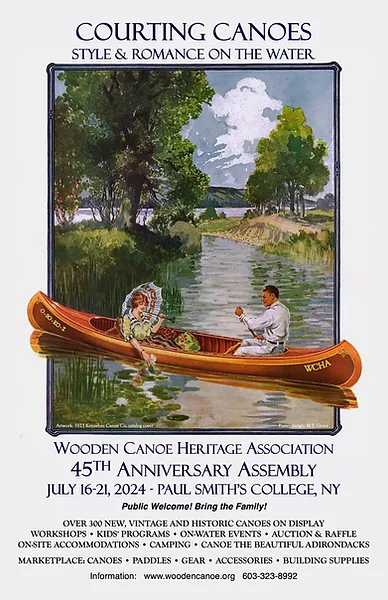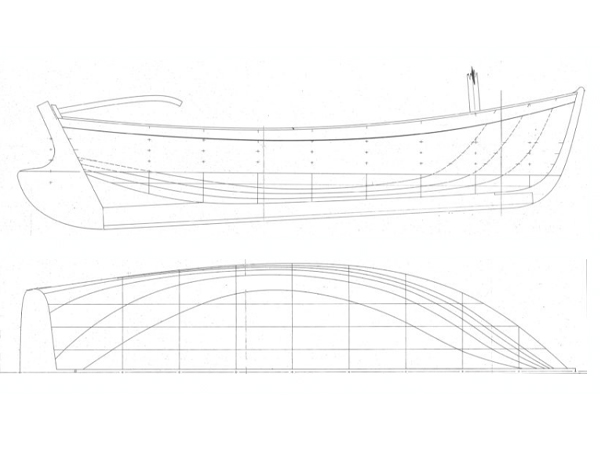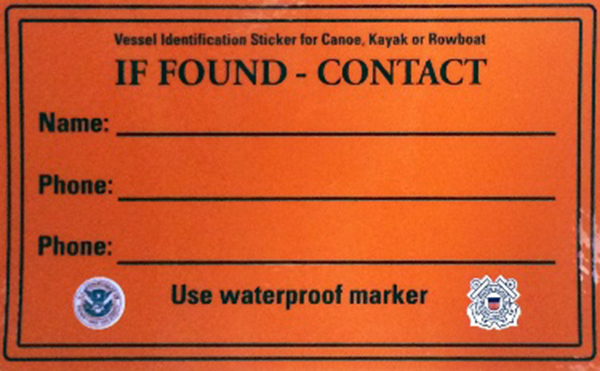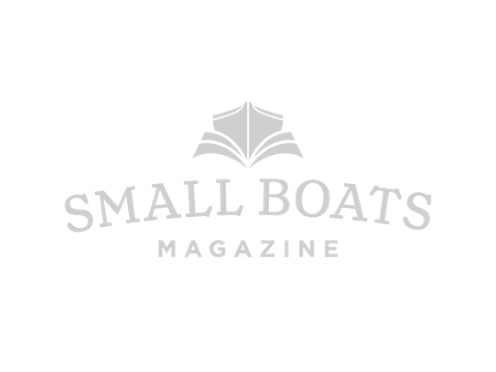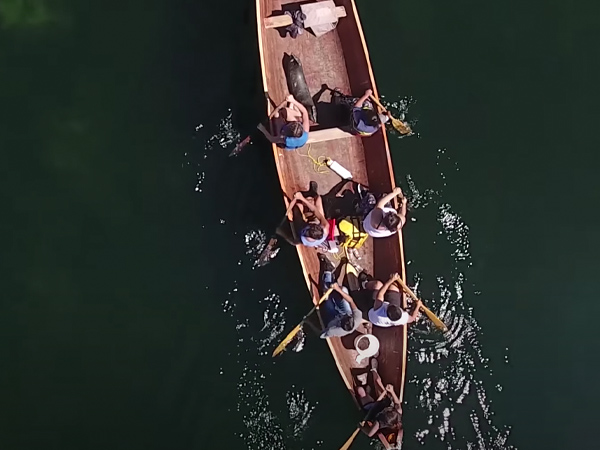Tampa Bay To Key Largo In Sea Kayaks, Canoes and Small Boats
The next Everglades Challenge is Saturday, March 1, 2025. There is registration and equipment inspection on Friday, February 28, 2025, prior to starting. Cost is $495.00 for the captain and $495.00 for crew members if any.
Billing starts January 1.
Registration ends January 26 at noon.
Payment Deadline is January 26 at noon.
Due to the extreme commitment for this race late registration and/or late payments will not be allowed. We recommend that you commit to this race early so you have plenty of time for planning, training, and preparation. Pay early in the payment cycle. You can get a full refund up until January 26 at noon. No refunds after that date and time.
All WaterTribe events are dangerous events as defined by Florida law and common sense. You are responsible for your own safety. You must read and understand the warning before you register for this event.
The Everglades Challenge is an unsupported, expedition style adventure race for kayaks, canoes, and small boats. The distance is roughly 300 nautical miles depending on your course selection. There is a time limit of 8 days or less. Your safety and well being are completely up to you.
Unsupported means that there are no safety boats or support crews to help you during the race. You are not allowed to have a support crew follow you or meet you during the race. It is OK to have family or friends meet you at the official checkpoints, but they cannot provide anything other than emotional support. See the official WaterTribe rules for more details.
Expedition style means that you must carry the same type of equipment and supplies that you would carry on a major expedition lasting 4 weeks or more. Camping equipment, food, water, safety, communication, etc. is required. See the Rules and Warning link at the top of this page for the official required equipment list for more details.
Although this is a race, many participants are more interesting in cruising and adventure. Whether you are a cruiser or racer is up to you. Just getting to the starting line is a major accomplishment and only about 40% of starters are able to finish. You should be an expert kayaker and/or sailor before you consider this challenge.
SPECIAL NOTE 1: You can earn an alligator tooth award by completing the entire Everglades Wilderness Waterway between Chokoloskee and Flamingo. There are specific rules for earning that tooth:
- You must obey all Everglades National Park rules.
- SPOT must be correctly used at all times.
- You must complete the entire WW as shown on their official maps. You can exit at Broad River and return via Broad Creek. Using the Harney River from the outside is not allowed.
- The Nightmare is an option. Some people say that taking the Nightmare is easier than negotiating Broad Creek from the entrance. The choice is yours.
- Once you have reached Whitewater Bay you may follow the marked route or take the Joe River or any other route to cross the bay and enter Tarpon Creek and the Buttonwood Canal.
- In some years challengers have taken the Hells Bay Canoe Trail to Tarpon Creek. Since this is marked on the official map, it is also OK.
- You must portage your boat a short distance between the fresh water side and the salt water side at Flamingo. You cannot receive assistance from the Race Manager, CP Captain, or bystanders. Challengers participating in the event may assist other challengers (see the note below).
SPECIAL NOTE 2: In some previous years we have provided a boat cart or other assistance for the short portage at Flamingo. As of EC2011 and beyond a boat cart will not be provided and all challengers crossing from the fresh water side to the salt water side must do this short portage without outside assistance. No cart will be provided. You must carry your own if you plan to use one. If bystanders want to help they cannot. However, other WaterTribers who are in the same event can help – see the ad hoc team rule.
The Everglades Challenge follows the SW Florida coast line from Fort Desoto in Tampa Bay, Florida to Key Largo. You will enter Everglades National Park near Everglades City and you will be within their boundries until you get near Key Largo. You must follow all park rules and regulations.
Note that the WaterTribe Marathon runs concurrently with the Everglades Challenge. The schedule mentions both races.

